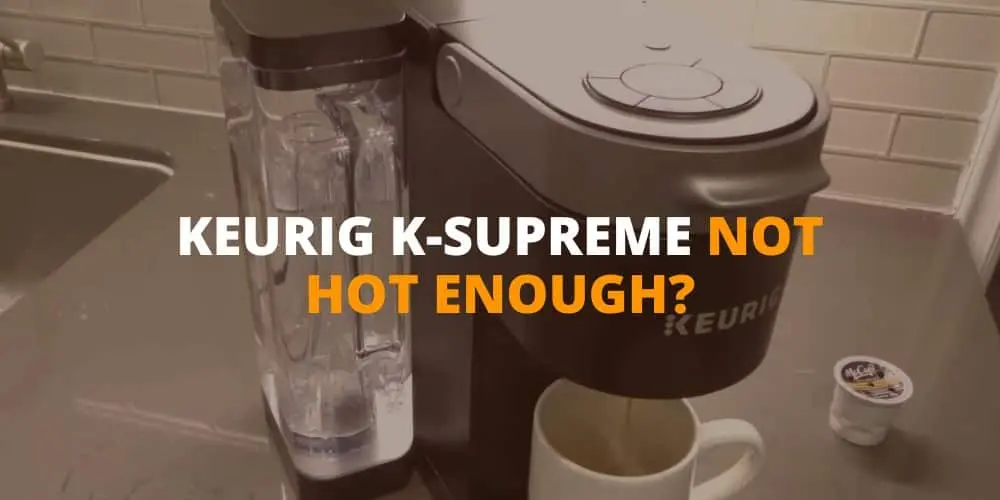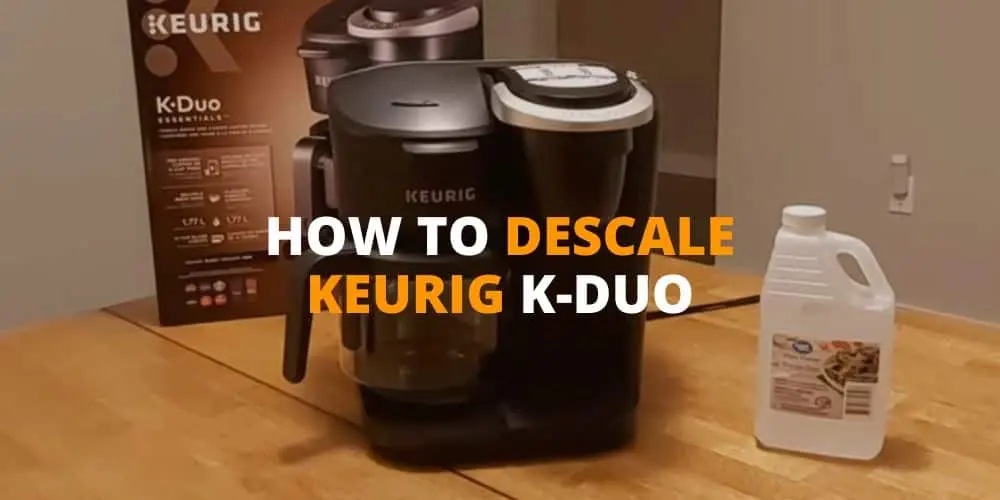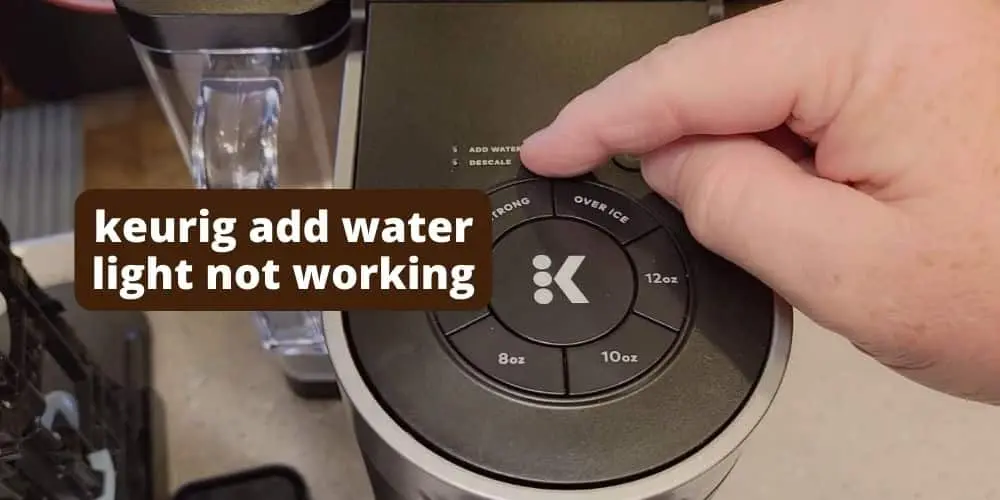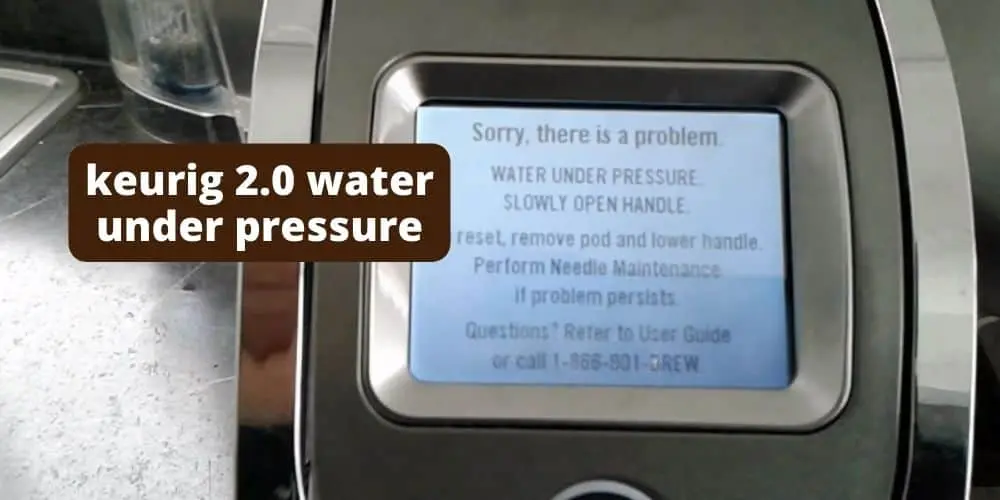As any coffee enthusiast knows, temperature is key to making a great cup of espresso. The Breville Barista Touch is a popular choice among home baristas for its sleek design and ease of use. However, like any espresso machine, the Barista Touch can experience temperature issues that can affect the quality of your brew.
In this article, we’ll explore the common causes of temperature problems in the Breville Barista Touch and provide you with practical fixes and prevention measures to ensure that you can continue to enjoy a perfectly brewed espresso every time.
Whether you’re experiencing inconsistent brew temperature, temperature fluctuations during brewing, or incorrect temperature readings, this guide will help you get to the root of the issue and get your machine back to optimal brewing conditions.
So, let’s dive in and learn how to solve the Breville Barista Touch temperature problem!
Common temperature problems in the Breville Barista Touch
The Breville Barista Touch is designed to deliver consistent and precise temperatures for your espresso, but sometimes it can experience issues that can affect the quality of your brew. Here are some of the most common temperature problems that you may encounter:
Inconsistent brew temperature
Inconsistent brew temperature can lead to a lack of flavor or over-extraction, resulting in a sour or bitter taste. If the temperature is too low, the espresso may taste weak and watery. If the temperature is too high, the espresso may taste burnt or bitter. Inconsistent brew temperature can be caused by a variety of factors, including a dirty group head or a malfunctioning heating element.
Temperature fluctuations during brewing
Temperature fluctuations during brewing can also lead to inconsistencies in the taste and quality of your espresso. The Barista Touch is designed to maintain a consistent temperature throughout the brewing process, but if there are fluctuations, it can lead to uneven extraction and a subpar cup of espresso. This can be caused by a malfunctioning heating element or issues with the machine’s calibration.
Incorrect temperature readings
Incorrect temperature readings can also cause problems with the Barista Touch. If the machine is not accurately reading the temperature, it can lead to incorrect extraction times and temperatures, resulting in an inferior cup of espresso. This can be caused by a malfunctioning temperature sensor or incorrect calibration.
Causes of temperature problems in the Breville Barista Touch
Now that we’ve looked at some of the most common temperature problems in the Breville Barista Touch, let’s explore the underlying causes of these issues:
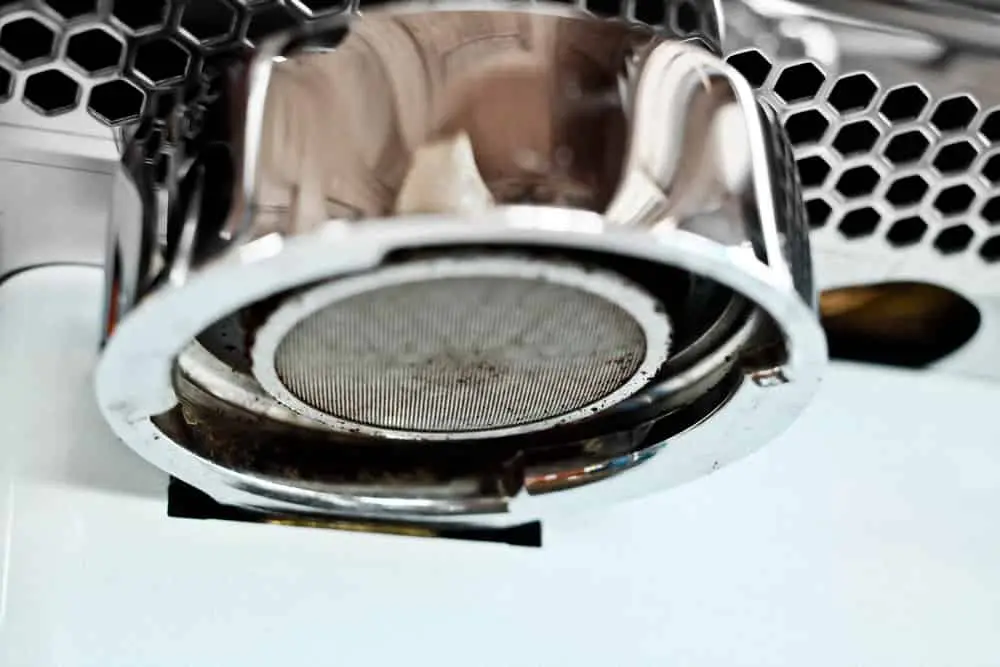
Dirty group head
One of the most common causes of temperature problems in the Barista Touch is a dirty group head. Over time, coffee oils and debris can build up in the group head, which can lead to inconsistent temperatures and poor espresso quality. To fix this issue, simply remove the group head and soak it in a mixture of hot water and espresso machine cleaner for at least 15 minutes, then rinse it thoroughly and reattach it to the machine.
Malfunctioning heating element
If the heating element in the Barista Touch is malfunctioning, it can cause a variety of temperature-related issues. If you suspect this is the problem, you may need to replace the heating element. However, before taking this step, be sure to check that the heating element is properly connected and that the machine is receiving the correct voltage.
Calibration issues
Another possible cause of temperature problems in the Barista Touch is calibration issues. If the machine is not calibrated correctly, it may display incorrect temperature readings or experience temperature fluctuations during brewing. To fix this issue, you can perform a calibration test using a thermometer and adjusting the machine’s settings accordingly.
Temperature sensor malfunction
If the temperature sensor in the Barista Touch is malfunctioning, it can cause incorrect temperature readings and affect the machine’s overall performance. If you suspect this is the issue, you may need to replace the temperature sensor. However, before doing so, be sure to check that the sensor is properly connected and that there are no other underlying issues causing the problem.
By identifying and addressing these underlying causes of temperature problems in the Breville Barista Touch, you can ensure that your machine is functioning properly and delivering the perfect cup of espresso every time. In the next section, we’ll explore some practical fixes for temperature issues in the Barista Touch.
Fixes for temperature problems in the Breville Barista Touch
If you’re experiencing temperature problems with your Breville Barista Touch, don’t worry – there are several practical fixes that you can try to resolve the issue. Here are some of the most effective solutions:
Flush the machine
If you’re noticing inconsistent temperatures or poor espresso quality, a simple fix to try is flushing the machine. To do this, run water through the group head for at least 10 seconds before pulling your shot. This can help to stabilize the temperature and ensure that your espresso is brewed at the correct temperature.
Adjust the temperature
If your machine is consistently brewing at too high or too low of a temperature, you may need to adjust the temperature settings. The Barista Touch allows you to adjust the temperature by pressing the ‘Program’ button and using the up and down arrows to select your desired temperature.
Keep in mind that it may take a few shots to notice the effects of the temperature adjustment, so be patient and make small adjustments until you find the perfect temperature for your taste.
Clean the machine
As mentioned earlier, a dirty machine can lead to temperature problems. Regularly cleaning your Barista Touch can help to prevent these issues from arising. Be sure to regularly clean the group head, portafilter, and steam wand, as well as running a cleaning cycle using an espresso machine cleaner.
Replace parts
If the above fixes don’t work, it may be time to replace certain parts of the machine. This could include the heating element or temperature sensor, which we discussed in the previous section. While these fixes can be more costly and time-consuming, they may be necessary if the other fixes do not resolve the issue.
Preventing temperature problems in the Breville Barista Touch
While it’s important to know how to fix temperature problems in your Breville Barista Touch, it’s even more important to take preventive measures to avoid them in the first place. Here are some tips to keep in mind:
Regular cleaning
As we mentioned earlier, a dirty machine can cause temperature problems. To prevent this, be sure to regularly clean your machine. This includes cleaning the group head, portafilter, steam wand, and other parts of the machine that come into contact with coffee and milk.
Consistent use
One of the best ways to prevent temperature problems is to use your machine regularly. When the machine is used often, the heating element and other components are less likely to become clogged or damaged. If you only use your machine occasionally, be sure to run a cleaning cycle before and after use to prevent any build-up from occurring.
Proper storage
If you’re not using your machine for an extended period of time, it’s important to store it properly. This means unplugging the machine and allowing it to cool down completely before covering it and storing it in a dry place. Storing the machine properly can help to prevent any damage or clogging that may occur during periods of inactivity.
Quality water
Using high-quality water can also help to prevent temperature problems. If your machine is using hard or mineral-rich water, it can cause mineral buildup and clogging, which can affect the temperature and quality of your espresso. Consider using filtered or bottled water instead.
Conclusion
The Breville Barista Touch is a popular choice for coffee lovers who want to enjoy café-quality espresso at home. However, like any machine, it can experience temperature problems that can affect the quality of your brew.
We hope that this article has been helpful in providing you with the information you need to identify, fix, and prevent temperature problems in your Breville Barista Touch. As always, if you have any questions or concerns, don’t hesitate to reach out to the manufacturer or a professional barista for assistance. Happy brewing!
A. I. Moon
A.I. Moon, an experienced SEO Pythonista, spends his days coding and developing web applications to help business owners. A passionate coffee enthusiast, he believes that drinking coffee fuels his creativity and productivity. His day isn't complete without the rich aroma and invigorating warmth of a perfectly brewed cup. This love for coffee inspired him to found EspressoRivo, a platform dedicated to sharing his coffee knowledge and fostering a community of passionate aficionados.

